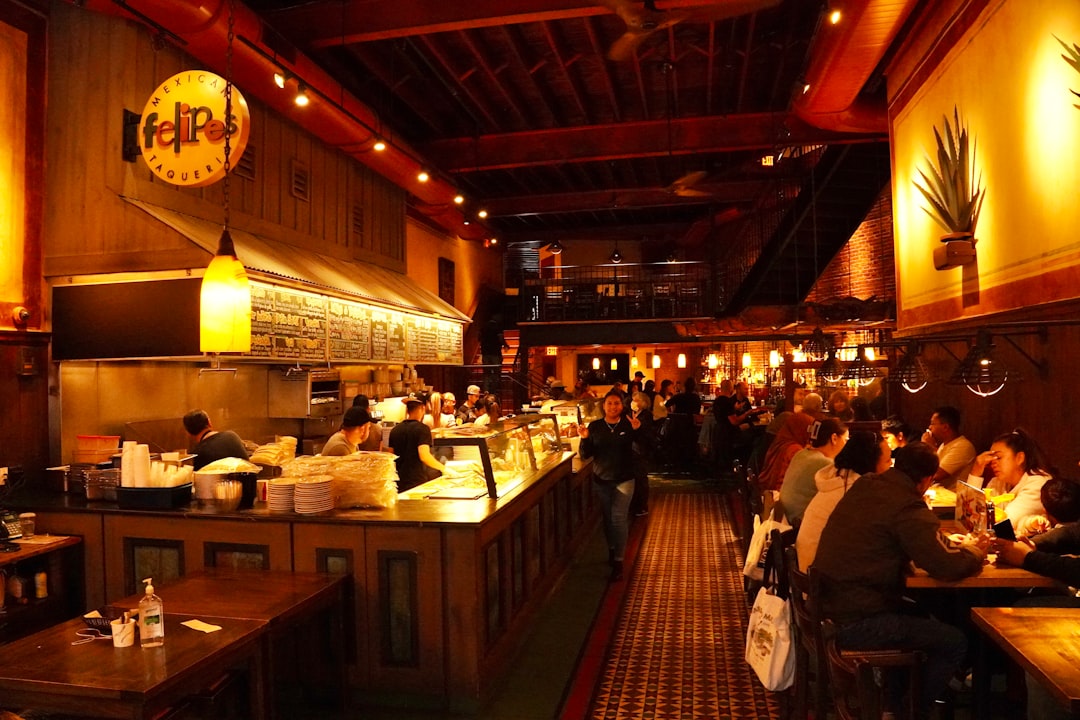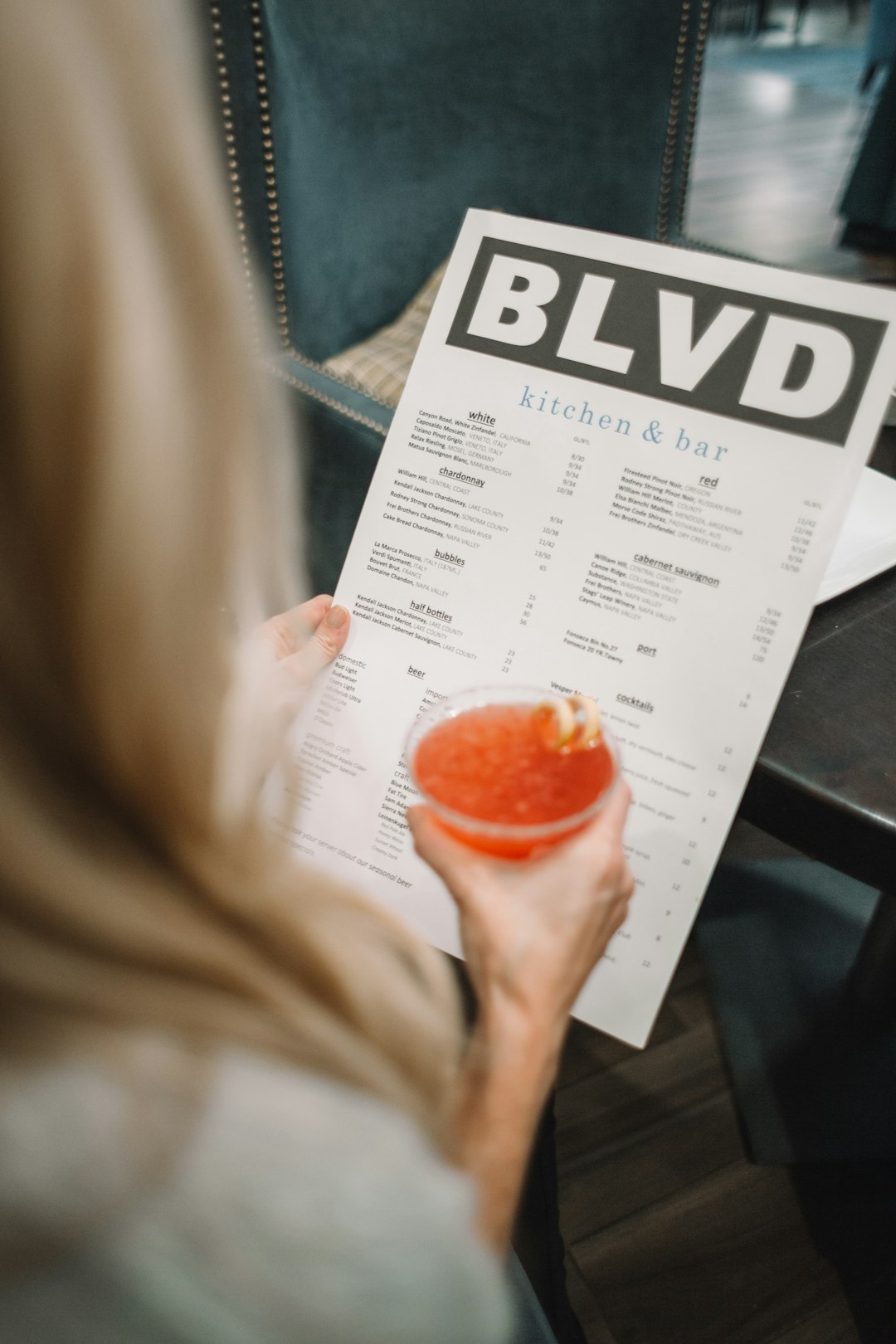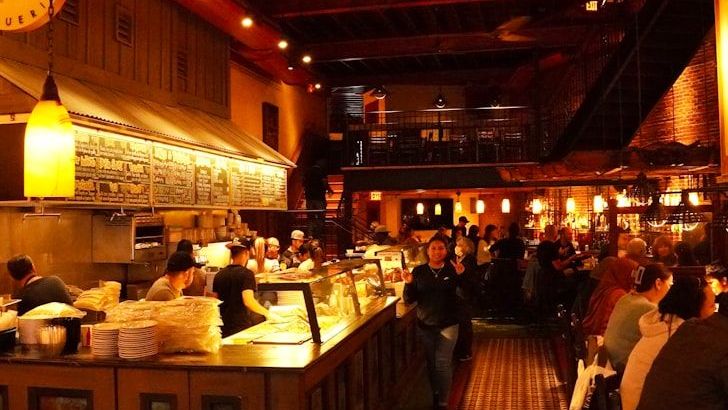Removing Dollar Signs Makes Your Brain Forget You’re Spending Money

The simple act of removing dollar signs from menu prices might seem like a minor design choice, but it’s actually one of the most effective psychological tricks in the restaurant playbook. Removing currency signs from menus can result in people spending up to 15% more than they would if those familiar dollar symbols were present.
This tactic works because of something called “pain of paying” psychology – when you see a dollar sign, your brain immediately registers that as money leaving your wallet. It’s like having a little financial alarm bell go off every time your eyes scan across a price. But when restaurants simply list “18” instead of “$18.00,” that mental warning system stays quiet.
Research from the Cornell University School of Hotel Administration found that guests given a menu without dollar signs spent significantly more than those who received a menu with them. The study revealed something even more surprising: when prices are written out in letters instead of figures, this tactic has been shown to increase spending by up to 15%. So “twelve dollars” actually makes you spend less than just seeing “12” on the menu.
Even if prices were written out with words instead of numbers, guests spent less money because it still triggered the negative feelings associated with paying. It seems our brains are wired to associate any explicit money language with the act of spending, while clean numbers feel more like abstract information rather than actual cash leaving our pockets.
Strategic Menu Design Guides Your Eyes to High-Profit Items

Your eyes go to the center first, then move to the upper right – that’s where restaurants place their highest-margin items. This isn’t random design intuition; it’s based on actual eye-tracking studies that map exactly how people scan restaurant menus. Psychologists call these areas “The Golden Triangle,” referring to the way our eyes tend to move when first looking at a menu.
The visual tricks don’t stop at placement. Boxes, bold fonts, and color accents aren’t just design choices – they’re sales tactics, and if an item stands out visually, there’s usually a financial reason. Menu engineers know that busy diners make quick decisions, so they use design elements to capture attention for their most profitable dishes.
Price anchoring is another sneaky strategy hidden in plain sight. This technique involves placing premium-priced items alongside more economical options as a frame of reference – if you see a $32 steak next to a $22 chicken dish, the latter will appear to be good value even though it might not be the cheapest option overall. The main role of expensive items is to make everything else near them look like a relative bargain.
Studies show that customers are likely to order one of the first items that draw their attention, and since guests typically spend around 90 seconds to 2 minutes looking at menus, they must be designed for easy navigation to key items. According to Korean research, a third of participants are likely to order the first item to which their attention is drawn. This means restaurants are essentially playing a sophisticated game of visual chess with your eyeballs.
Atmosphere and Music Subtly Influence How Much You’re Willing to Spend

The background music playing during your meal isn’t just there to fill silence – it’s carefully chosen to manipulate your spending habits. A study published in the journal of Environment and Behaviour found that playing classical music led to people being prepared to spend more, while less sophisticated pop music generally led to lower spending compared to classical music. The genre choice sends subconscious signals about quality and price expectations.
Low lights are considered relaxing and encourage diners to linger longer within the establishment – when diners feel calm and at ease, they’re more likely to stay longer, order another drink, have dessert, and spend more money. This lighting strategy works so well that many restaurants adjust their brightness throughout the day to maximize profits at different meal periods.
Research shows that classical music resulted in more actual spending, and people were willing to spend more money if classical music played in the background. Swift music can increase customer turnover, while slow music can encourage longer stays and more spending. It’s like having an invisible DJ whose only job is to put you in a mood to open your wallet wider.
Studies reveal that low volume music leads to increased sales of healthy foods due to induced relaxation, while high volume music tends to enhance excitement levels, leading to unhealthy food choices. Restaurants use this knowledge strategically – upscale establishments play softer music to encourage leisurely dining and higher spending, while fast-food chains use energetic music to move customers through quickly.
Conclusion

The next time you’re dining out, you’ll probably start noticing these tactics everywhere – from the strategically missing dollar signs to the carefully placed expensive items that make everything else look reasonable. Once you know what to look for, you can’t unsee it, and that awareness is your best defense against unintentional overspending. Remember that restaurants are businesses first, and they’ve gotten remarkably sophisticated at nudging customers toward higher spending without being obvious about it. The good news is that simply being aware of these psychological tricks gives you the power to make more intentional choices about what you order and how much you spend. What do you think about these sneaky tactics? Have you noticed them working on you before?



